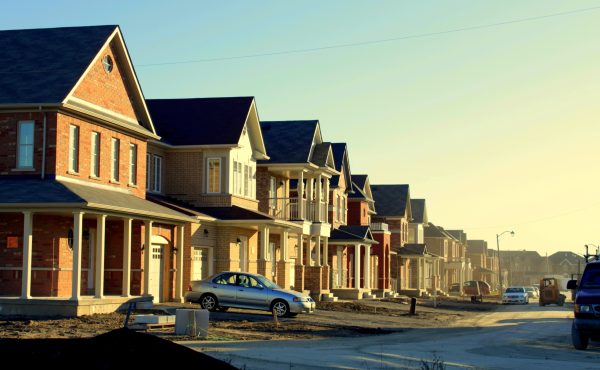The BBC did a radio program this week following up on the riots in the suburbs of Paris three months ago. At the time, there was some commentary that part of the cause of the riots was the oppressive architecture of these public housing projects, which left the community’s public spaces unwelcoming and abandoned.
This hypothesis is strongly reinforced by what happened, or rather did not happen, in those public housing projects which had been remodelled by architect Roland Castro. Re-designed to create open travel routes, welcoming public spaces, places for businesses and shops, and public facilities for recreation, these projects remained free of riots (the Toronto Star ran a similar story on Castro’s work after the riots).
Castro has been lobbying since the 1980s to rebuild these suburbs in a more human-friendly way, but had only limited success. Now that there has been such a dramatic confirmation of his contention that the built environment affects people’s behaviour and social satisfaction, the movement towards creating better public spaces that he has started will hopefully gain strength.
We’ve seen recently that the nature of public spaces affects people’s physical health. Now we also see that it affects people’s mental happiness and sense of community. The case for taking public space seriously gets stronger and stronger.



